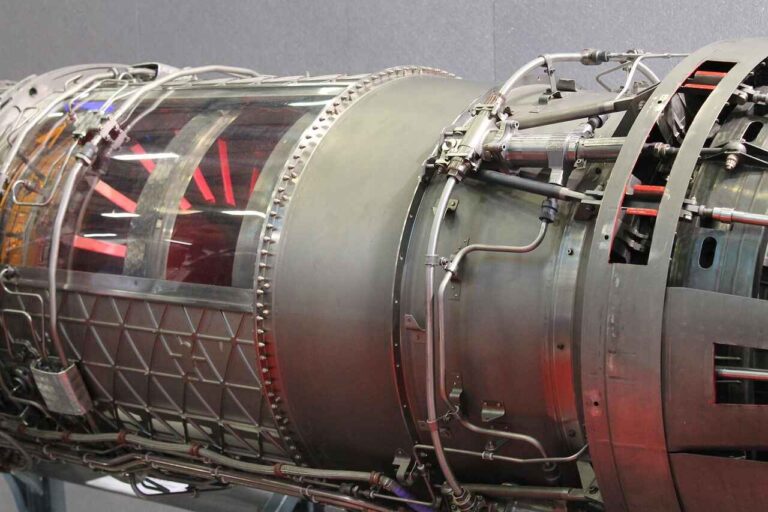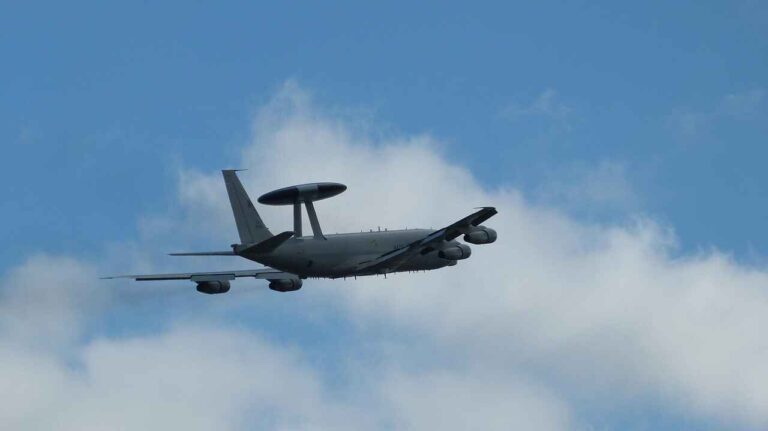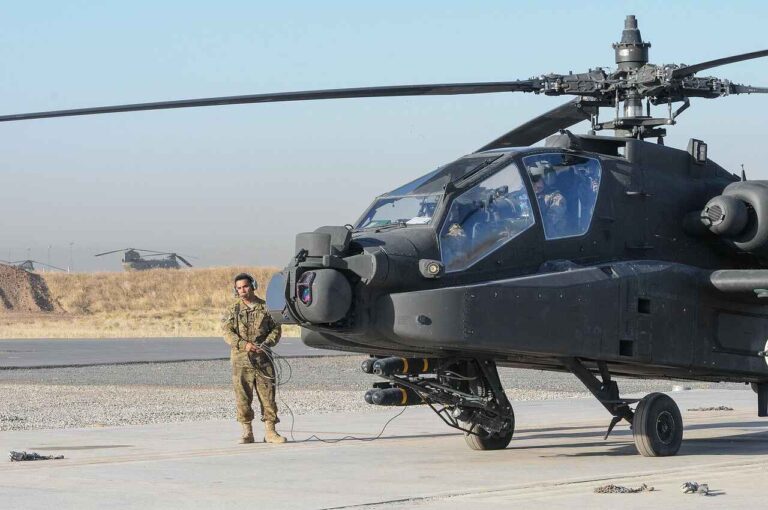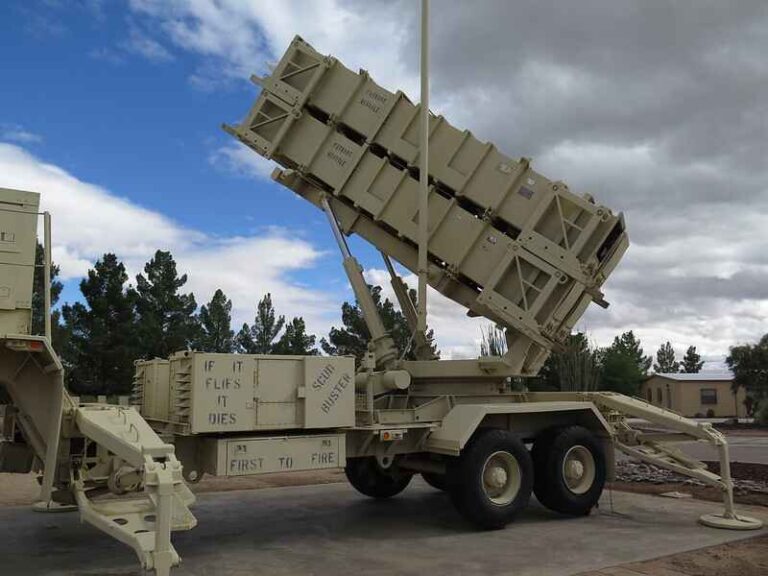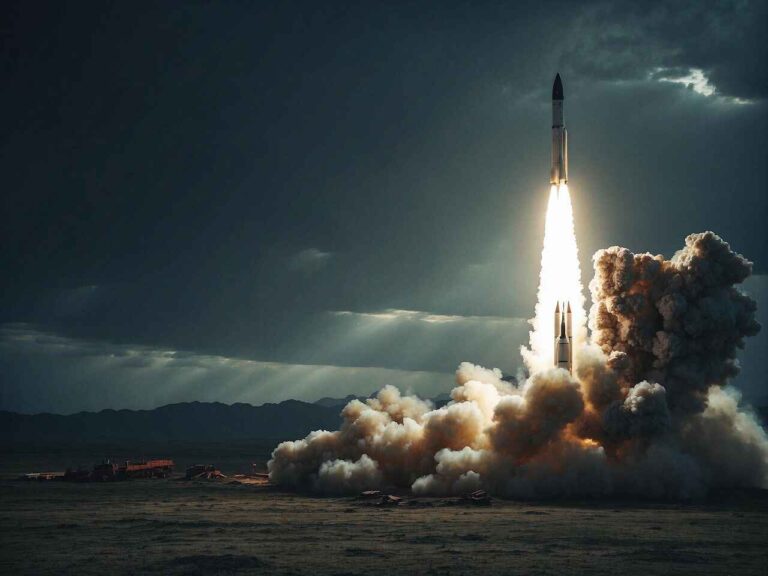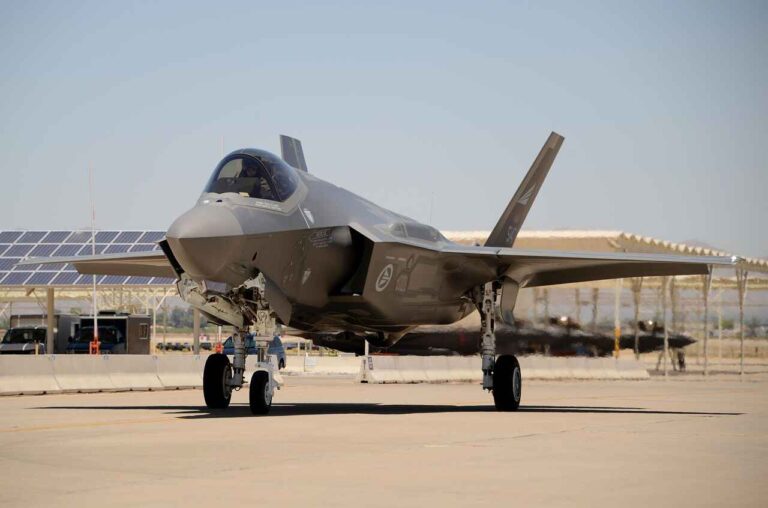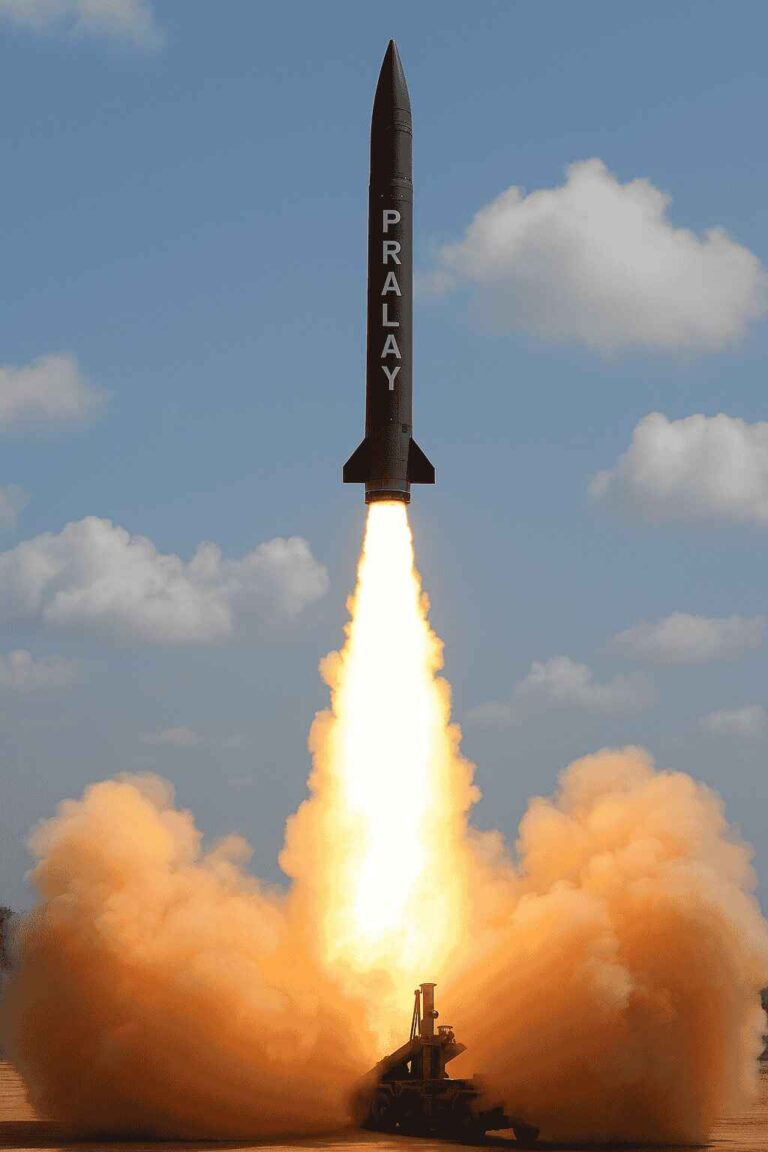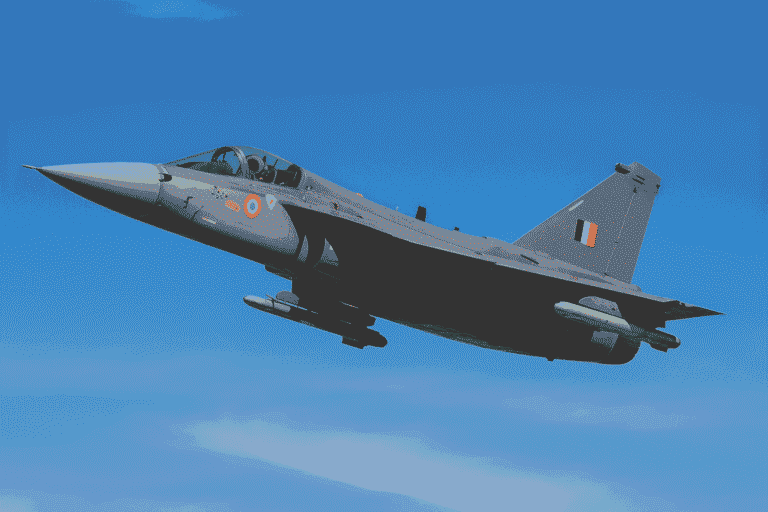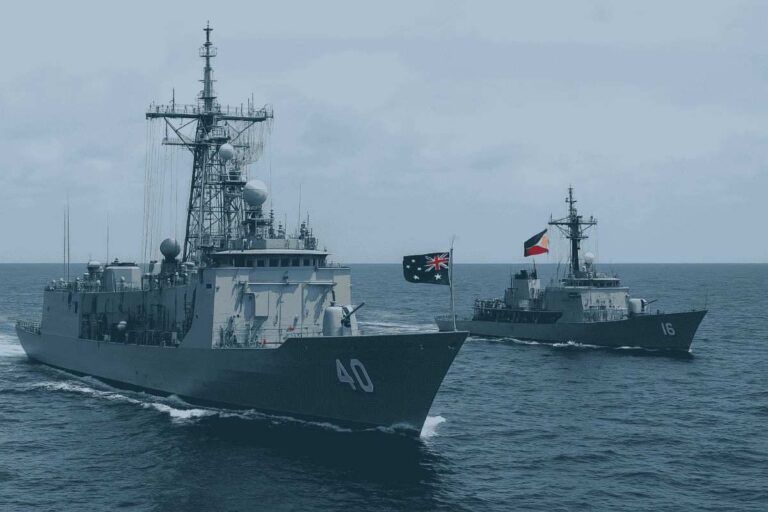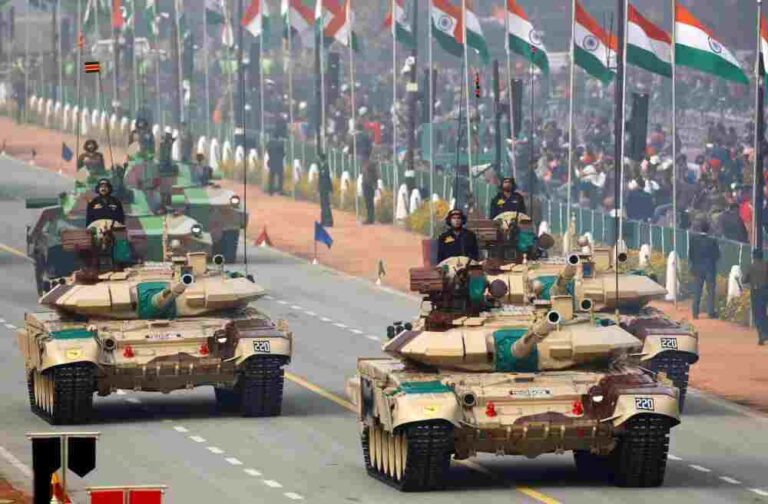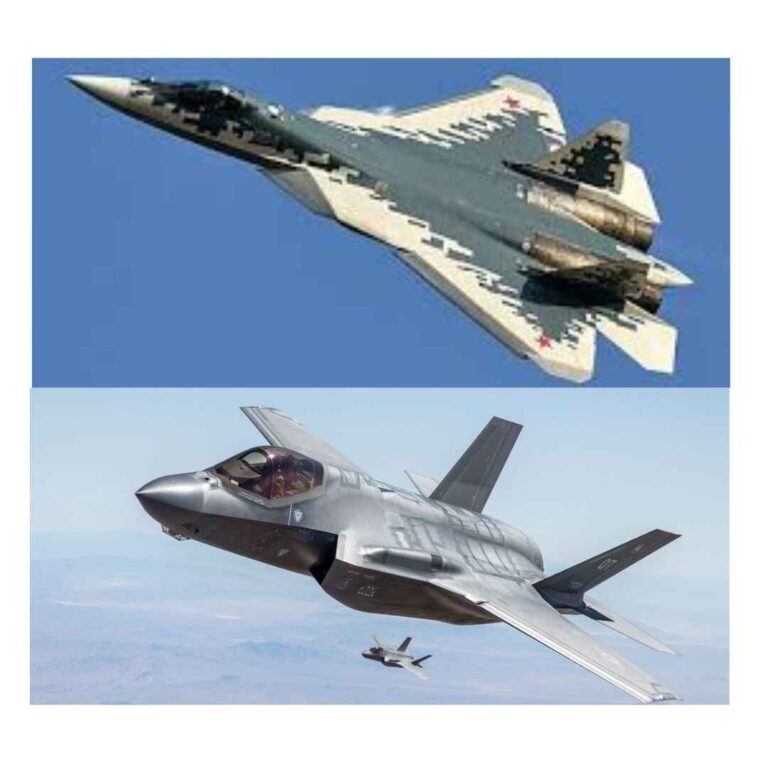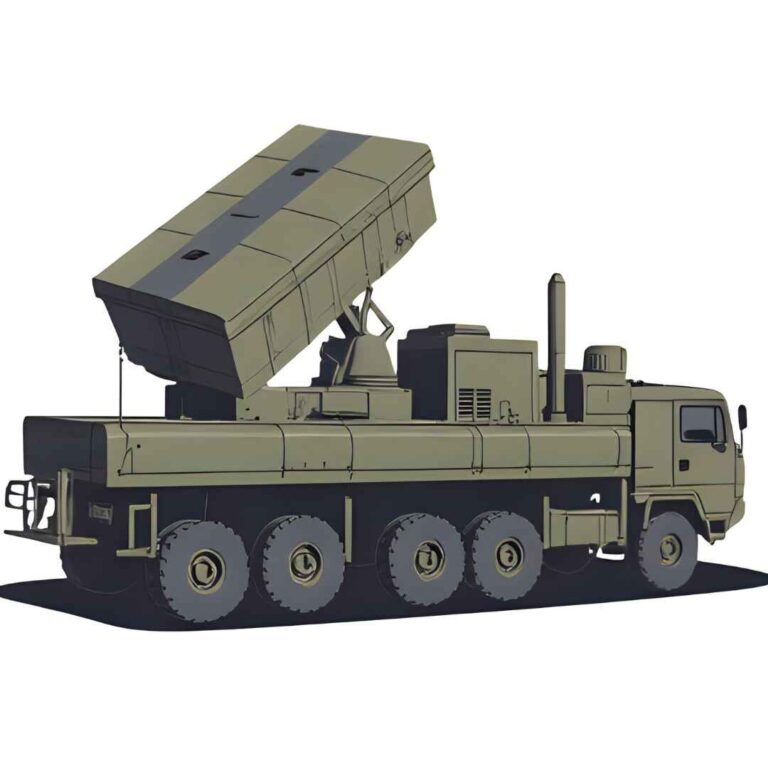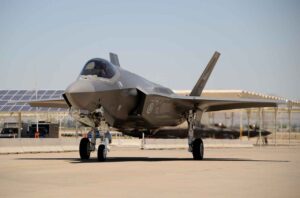Saturday, 19 July, 2025
India’s supersonic cruise missile, BrahMos, has significantly captured global attention following its highly successful and well-publicized deployment during Operation Sindoor, the Indian military’s decisive response to a cross-border terrorist attack in the Pahalgam region of Jammu and Kashmir. Defence officials and strategic experts are unanimous in their assessment that BrahMos’ remarkable accuracy, exceptional speed, and outstanding battlefield performance during this operation have firmly established it as one of the most sought-after missile systems among emerging and middle-power nations.
Launched in early July 2025, Operation Sindoor was a limited yet highly effective retaliatory strike by the Indian Armed Forces, aimed squarely at dismantling terrorist camps and infrastructure across the border in Pakistan-occupied Kashmir (PoK). Official statements and satellite-based assessments confirm that several high-value targets were eliminated within minutes of the operation’s initiation.
A pivotal element in this swift victory was the deployment of the BrahMos precision-strike missile, utilized in a coordinated tri-services operation. Indian Air Force Su-30 MKI fighters, specifically modified for the air-launched BrahMos-A variant, executed standoff attacks on terror training camps, while the Army and Navy deployed the land- and ship-launched versions of the missile for synchronized strikes on logistics hubs and communication nodes.
Sources from the Ministry of Defence (MoD) affirm that the missiles hit their intended targets with “surgical accuracy” and minimal collateral damage. The short reaction time, supersonic speed (between Mach 2.8 and 3), and range of 290-500 km—depending on the variant—made BrahMos the ideal choice for executing a rapid punitive mission, particularly in contested and mountainous terrains.
In the weeks following Operation Sindoor, the BrahMos Aerospace consortium—a dynamic joint venture between India’s DRDO and Russia’s NPO Mashinostroyenia—has experienced a surge in inquiries and requests for demonstrations from a wide array of countries across Southeast Asia, Latin America, the Middle East, and Eastern Europe.
Nations that previously expressed cautious interest have now initiated formal procurement discussions. Officials involved in export negotiations indicate that countries such as Argentina, Vietnam, the Philippines (which finalized a BrahMos deal in 2022), and Egypt have either expanded their orders or sought variant-specific technical briefings. Indonesia and Brazil have also dispatched military delegations to India to observe BrahMos-related exercises, signaling a strong intent to engage.
A senior official at BrahMos Aerospace boldly stated, “There is no better advertisement for a defence product than its performance in live operations. Operation Sindoor validated BrahMos’ capability as a first-strike deterrent and a game-changer on the battlefield.”
India is resolutely positioning itself as a major arms exporter through its “Aatmanirbhar Bharat” (Self-Reliant India) initiative. BrahMos, as an indigenously produced system with a significant Indian component, embodies the forefront of India’s defence manufacturing prowess.
Exporting BrahMos not only enhances India’s strategic influence in key regions but also significantly reduces its defence import bill and bolsters defence diplomacy. Defence economist Lt. Gen. (retd.) D.S. Hooda confidently asserts, “BrahMos could be India’s equivalent to the U.S. Tomahawk or the Russian Kalibr in projecting soft power through hard-power assets.”
With available data indicating that each BrahMos unit costs between $2.5 million and $3 million, depending on its configuration, the momentum behind international deals could push BrahMos exports to surpass $5 billion in value over the next five years. This will make a substantial contribution to India’s defense sector export target of $25 billion by 2030.
While BrahMos has already proven its mettle, the DRDO and BrahMos Aerospace are tirelessly working on advanced versions. The BrahMos-NG (Next Generation) variant, which is 50% lighter and faster (up to Mach 4), will be deployable from light fighter jets like the Tejas Mk-1A and submarines, with testing expected by early 2026.
Simultaneously, the BrahMos-II, a hypersonic variant capable of speeds of Mach 7, is in development and projected for testing by 2028, positioning India among the elite nations with hypersonic strike capabilities.
Moreover, India is integrating Artificial Intelligence (AI) into the missile’s guidance system for enhanced target discrimination and real-time adaptive control, making future iterations significantly smarter and more lethal.
The export of BrahMos, particularly to countries in the South China Sea region such as the Philippines, and potentially Vietnam and Indonesia, has indeed raised concerns in Beijing. Chinese analysts perceive the missile’s expanding presence as part of India’s strategic “missile diplomacy,” aimed at counterbalancing China’s influence in maritime Asia.
Additionally, India’s readiness to share advanced military technologies with strategic partners will undoubtedly play a crucial role in shaping new minilateral defense arrangements in the Indo-Pacific.
Russia, India’s vital partner in the development of BrahMos, has also embraced this expansion, recognizing its importance in maintaining the regional balance of power.


